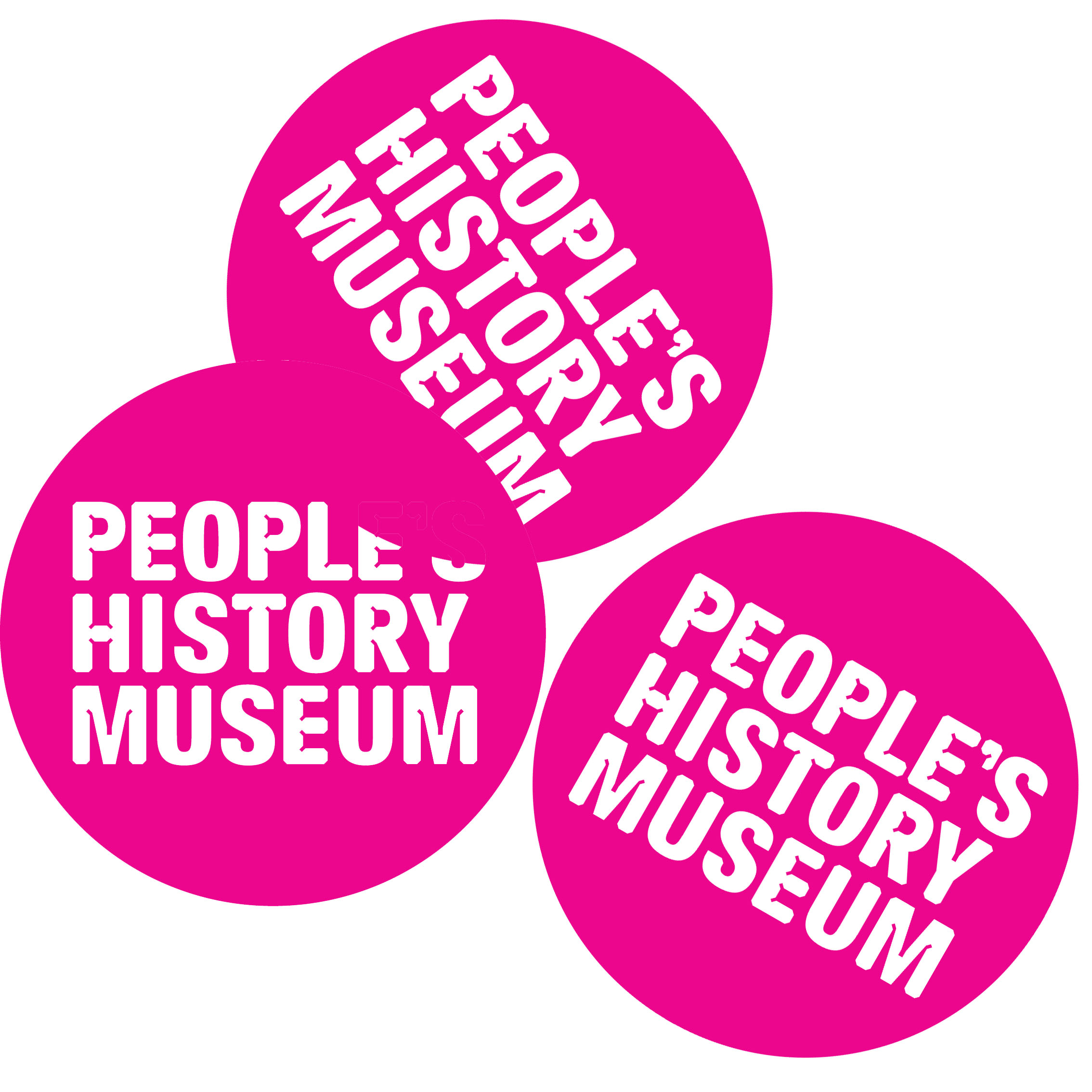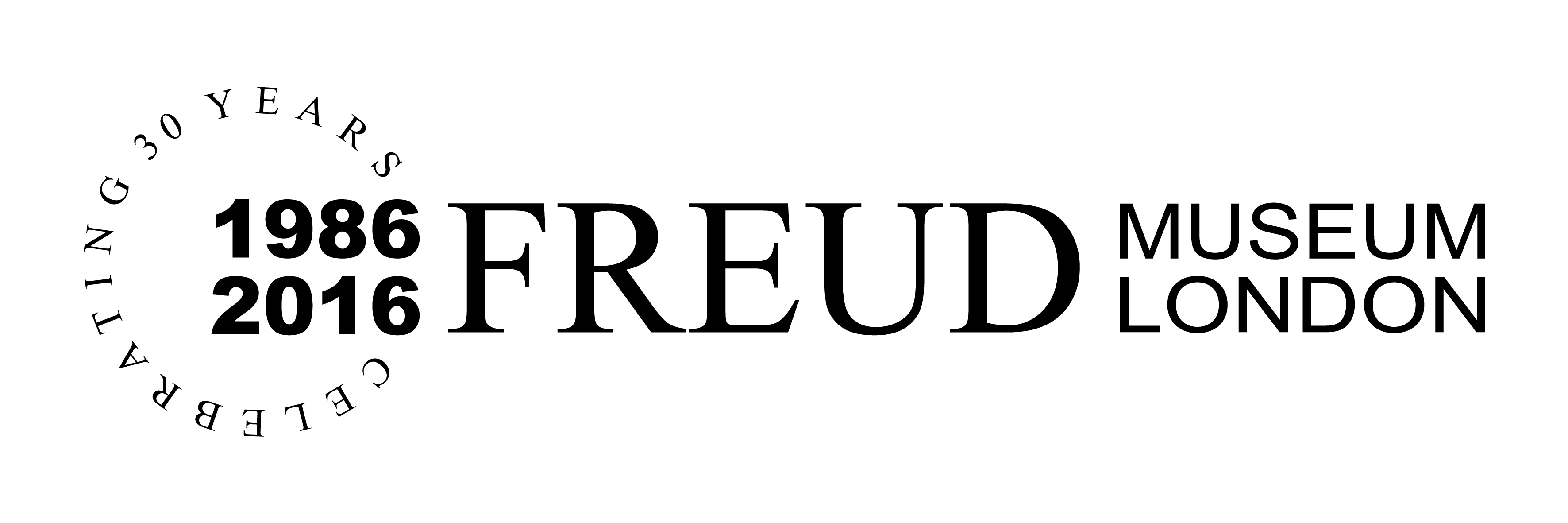In 2017-2018 our project member, Dr Jen Grove, worked together with Coral Manton of i-DAT, to develop a new educational, interactive game using 3D models of museum objects to explore online culture and the safer use of digital technologies.
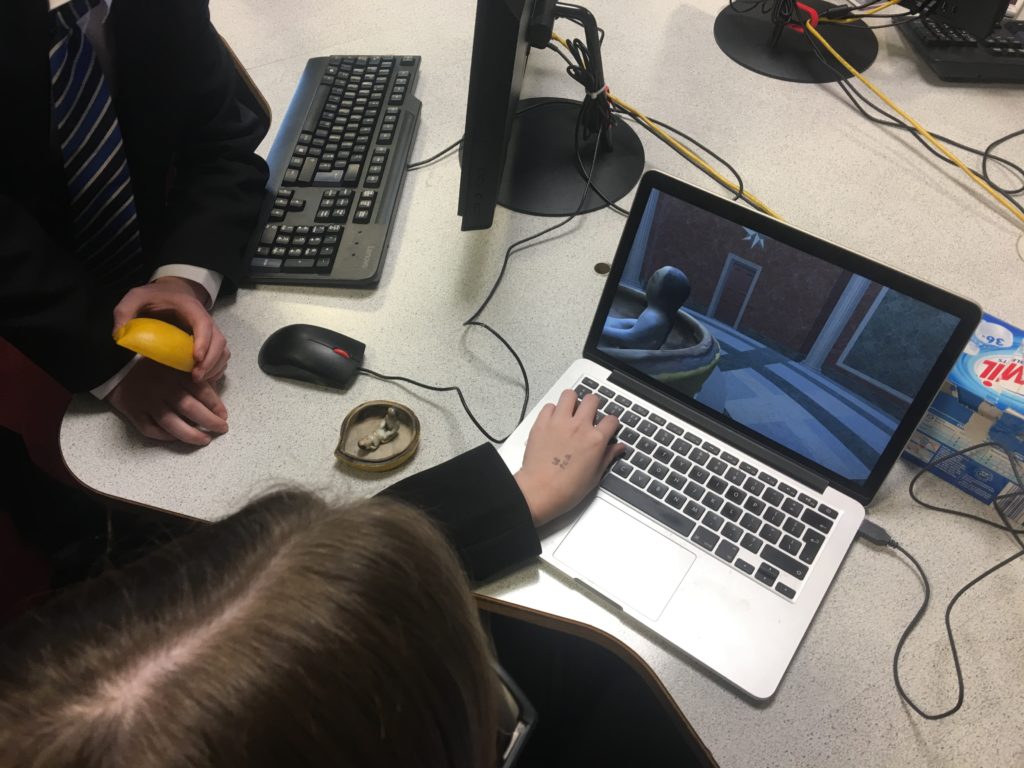
This project aimed to ask young people to think about how we share images online, what happens to them and how does their meaning and intent change as they multiply across the web?
Initially our thought was that we could digitize museum collections in order to increase the reach of the Sex & History methodology, in which historical artefacts are used to facilitate discussion about sexual health and wellbeing with young people. However, we realised the process of translating this approach to a digital application could itself create an interesting means for critically considering our online lives.
We wanted to use historical and archaeological methodologies about the shifting cultural context and meaning of material objects with digital gaming technologies, to explore how digitising and online sharing of museum artefacts (in which they are copied, further removed from their ‘original’ historical or cultural context and possibly institutional control) can open up discussion about our use of the internet, especially around sharing personal and intimate content.
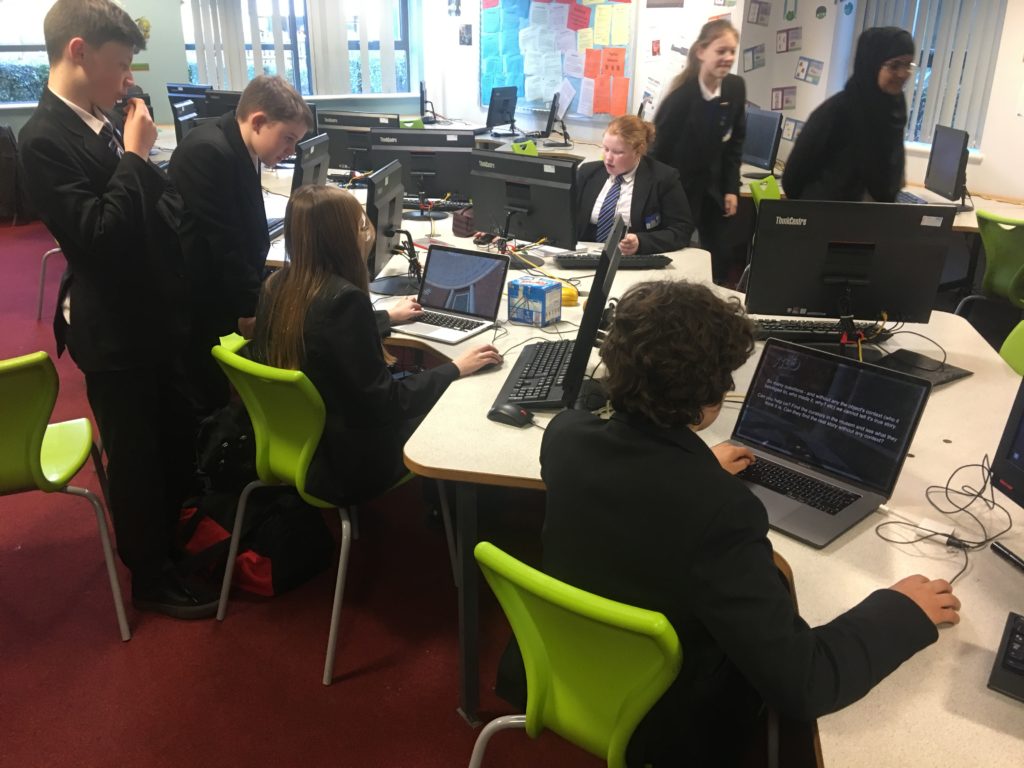
We co-designed, prototyped and tested the game with St James School in Exeter and members of their digital safety pupil group. We invited Dr Abigail Parry to collaborate with us. Abi is an award-winning writer, experienced in constructing game narrative through her residency at the National Games Arcade and through her work at the British Library researching interactive fiction.
We were also inspired by Dr Ester McGeeney and her work for the Digital Romance project (Brook) which sought to acknowledge the positive role of digital technology in young people’s lives and the complicated ways in which young people experience and negotiate risk online.
Our first activity was a workshop at the University of Exeter’s new Digital Humanities Lab, with St James pupils and The Centre, Devon sexual health services. At this workshop we all experimented with different scanning equipment and learnt new skills in 3D technologies. The young people used photogrammetry to scan a personal object they had brought with them. They also made scans of each other using a structural sensor on an iPad and an Artec Eva scanner.
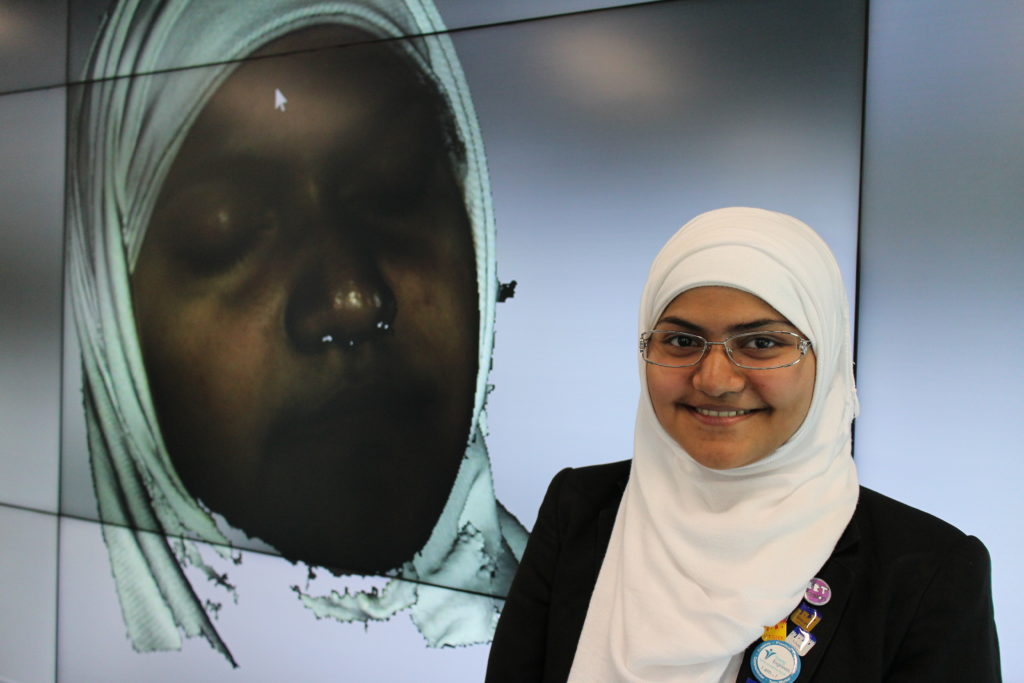
We looked at objects from the past and considered their relevance for thinking about sex and relationships today, and shared thoughts about using digital technologies. Together we started to workshop ideas about a game that could explore issues around sharing online.
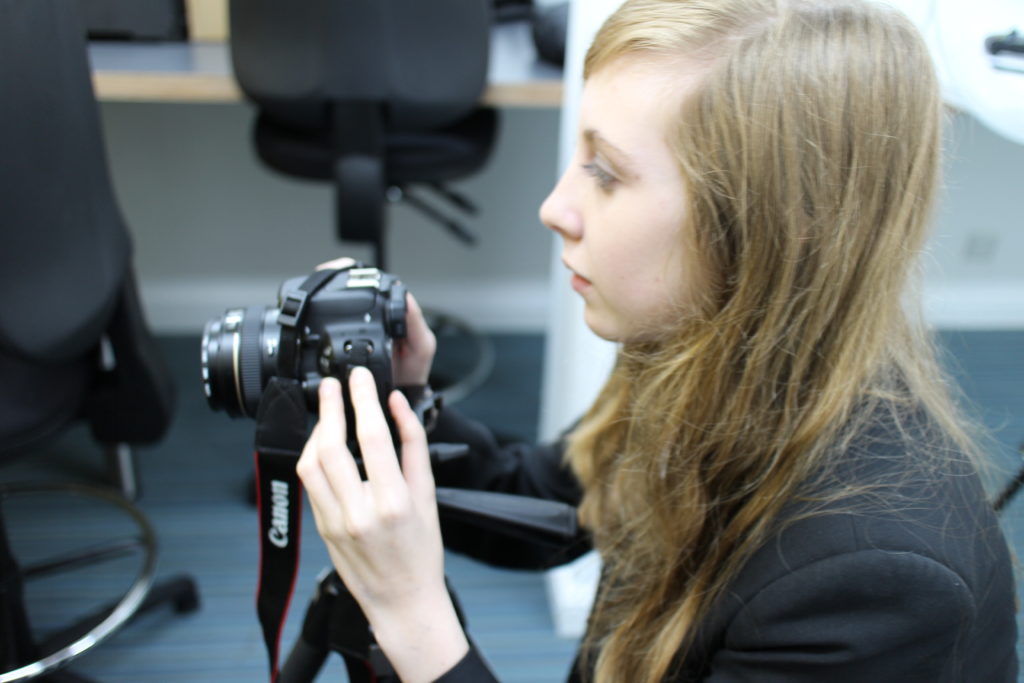
Following the workshop Abigail developed a game narrative in Twine, which the pupils then tested out. Coral began work on the game, using the 3D game engine Unity.
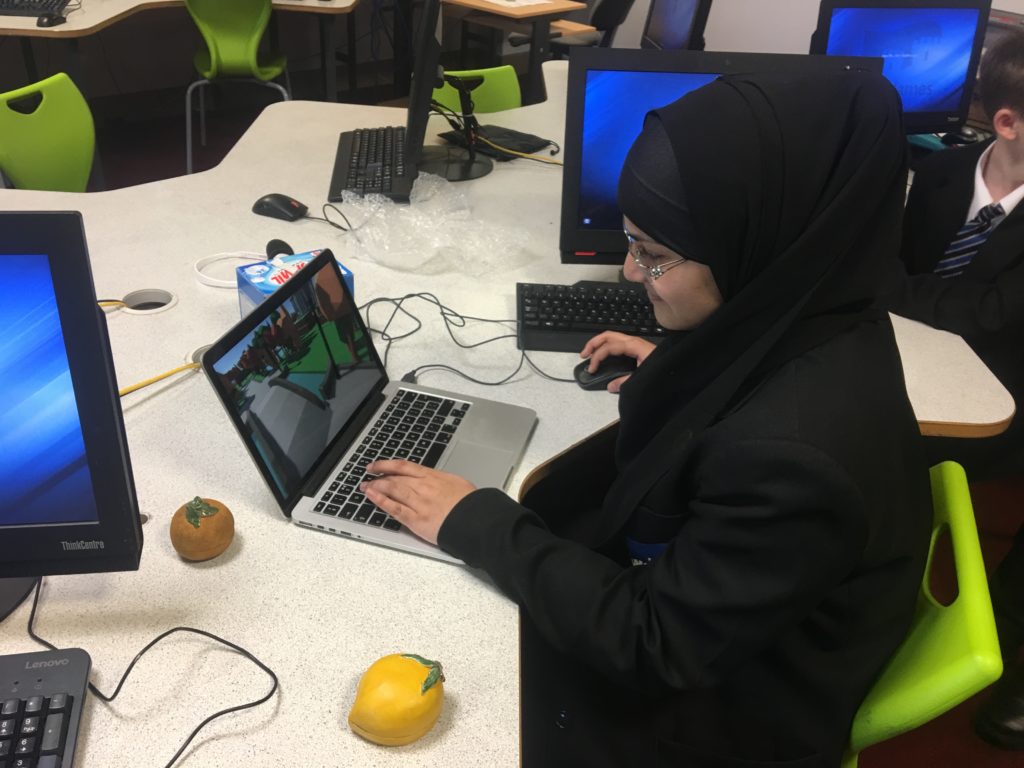
Scans of museum collection objects were used as assets in the game. As part of the project Coral made some scans from the collections of the Royal Albert Memorial Museum, Exeter who hold a number of objects relating to the history of sexuality or with sexual themes.
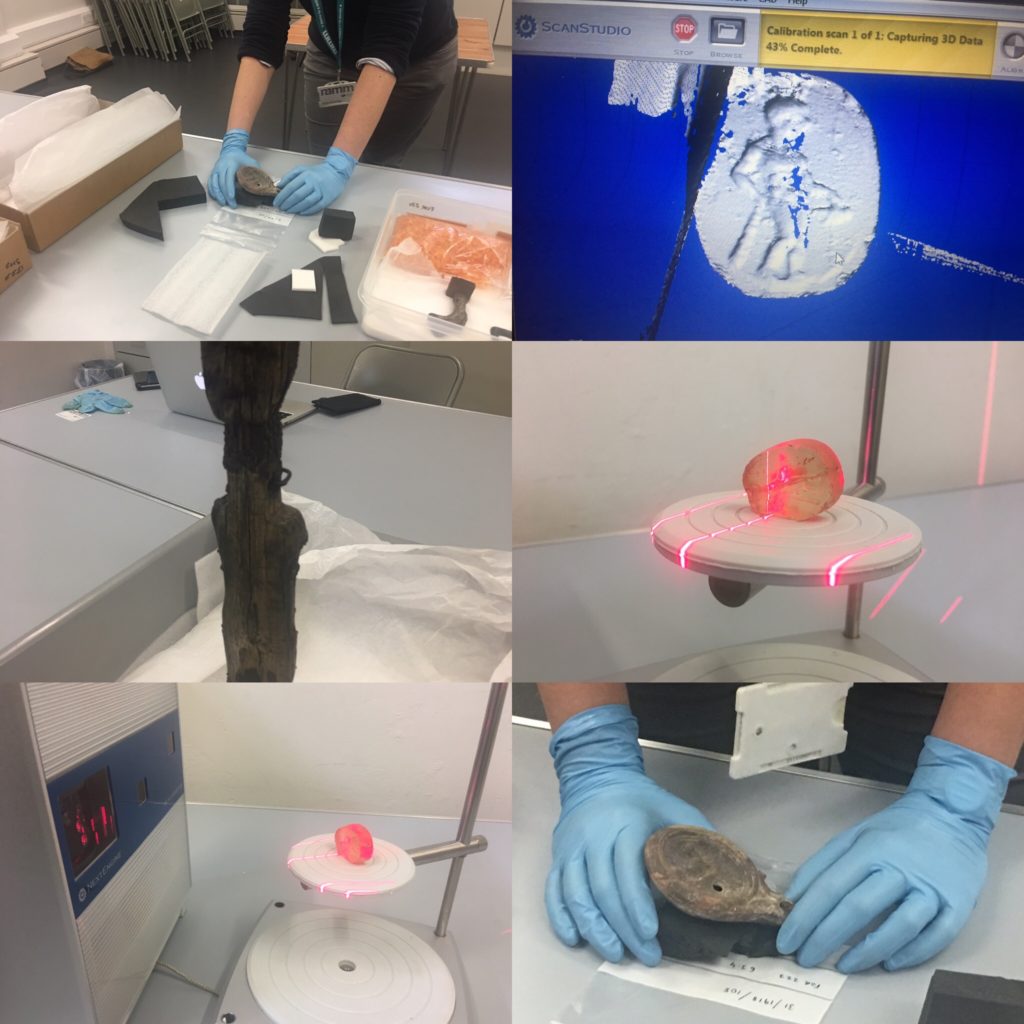
This is the “Kingsteignton figure”, an Iron Age (800 BC-43 AD) figure found locally in Devon. Wooden human figures like this are incredibly rare, with only six other finds known in Britain. This one was found by chance during quarrying in 1867.
We don’t know for sure what the Kingsteignton figure was used for or why it has a very prominent erect penis (phallus). The RAMM catalogue suggests “it may have been a religious idol, a gift to the gods or even a child’s toy”. Without it’s ‘original’ historical and cultural context we can use our imagination to interpret this ancient figure – and its sexual imagery – in a great number of ways. What happens when we scan the figure and put its image on the internet? How about if it loses its link to the museum and the collection? What could that do to the meaning and interpretation of this object?
You can see some more of the initial object scans in Sketchpad here.
After some testing with the St James pupils, we decided on one object to use as the focus on the game. This object is from the Sex & History project’s own collection. It is made of porcelain and shaped as a piece of fruit (perhaps an apple, perhaps a lemon, or something else… no-one can quite agree…). It is from China and was probably made in the nineteenth century or early twentieth century.
Erotic Fruit by CoralManton on Sketchfab
When we open up the porcelain fruit we find a tiny couple in a sexual position. There are many different theories about what this type of object was originally used for, although again, no-one knows for sure. It may have been meant as a humorous object – a nice surprise for anyone visiting a home where it was displayed! It may also have been a lucky charm, or it is sometimes suggested that in China in this period objects showing sexual acts acted as a kind of sex education, given to young brides on the occasion of their marriage.
With the pupils we explored the ways this object and the problems of its interpretation evokes current considerations about images of sexual activity we might find online today and how we are meant to interpret them. What or who are they for? Are they a picture of real-life or a fantasy image? Can the intent behind an image change as it is copied digitally? We also liked the fact that the figures inside this object are quite gender ambiguous, allowing the game to be more LGBT+ inclusive.
The game we produced is set in a fictional museum. The player moves around the museum and gets to meet different curators and their approach to different objects. Each level takes a key theme which had emerged from workshops with the pupils, using a narrative and a mini game on each level to explore this further.
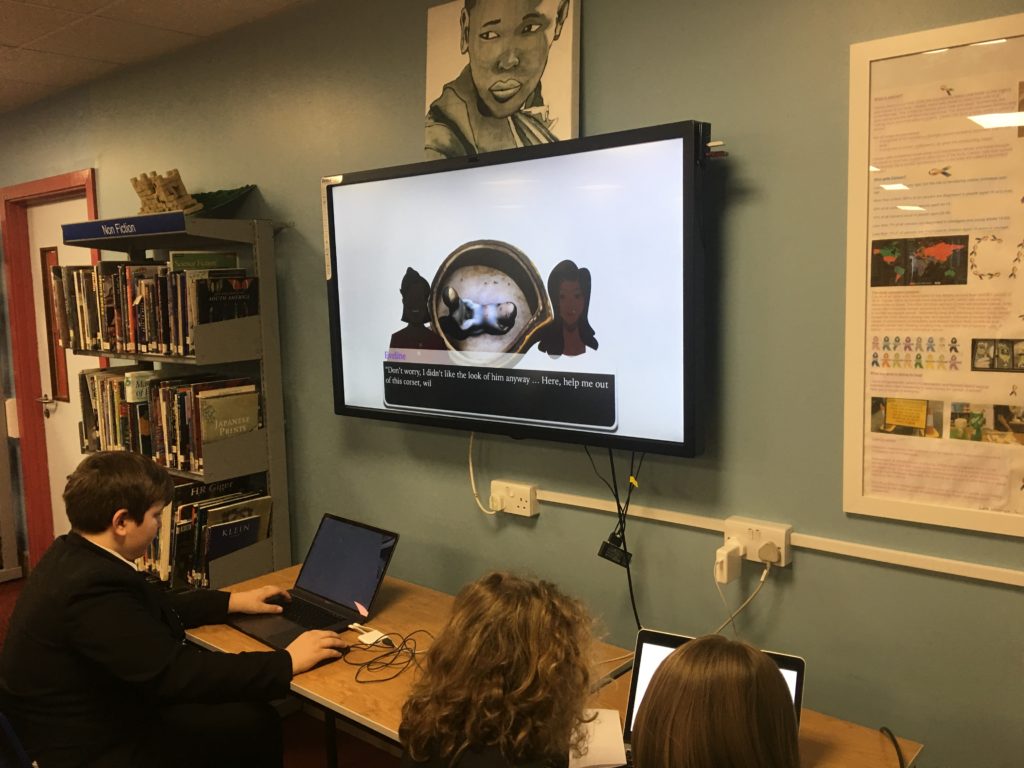
The key themes are:
- Objects can very quickly and easily be copied, shared and spread.
- When an object is moved or copied this can detach it from its ‘original’ context.
- Without this context the meaning of an object can change.
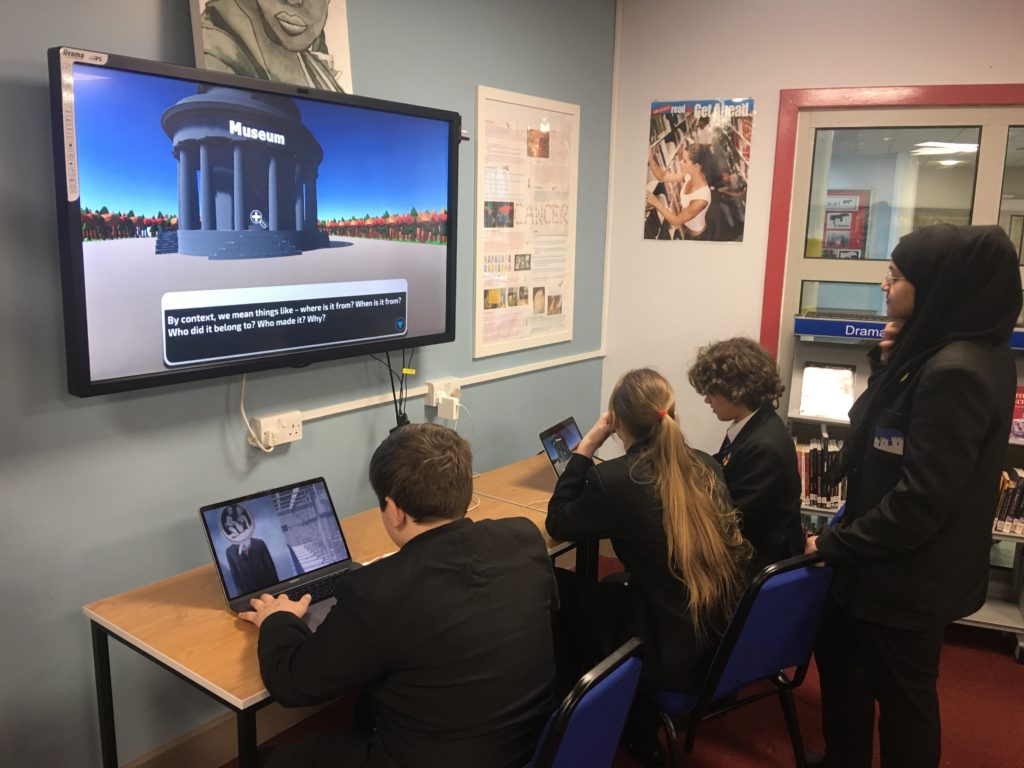
We brought the final prototype to St James School to be tested by the digital safety group pupils who had worked with us on the game, and other pupils came along to have a go and give their feedback.
Ruth Hough, PSHE lead at St James said of the project:
“[The initial session] was fantastic and left students feeling excited about the development of the game… In terms of impact on teaching and the wider school, I’d like to provide access to the whole game when ready which can be used in PSHE lessons with resources”.
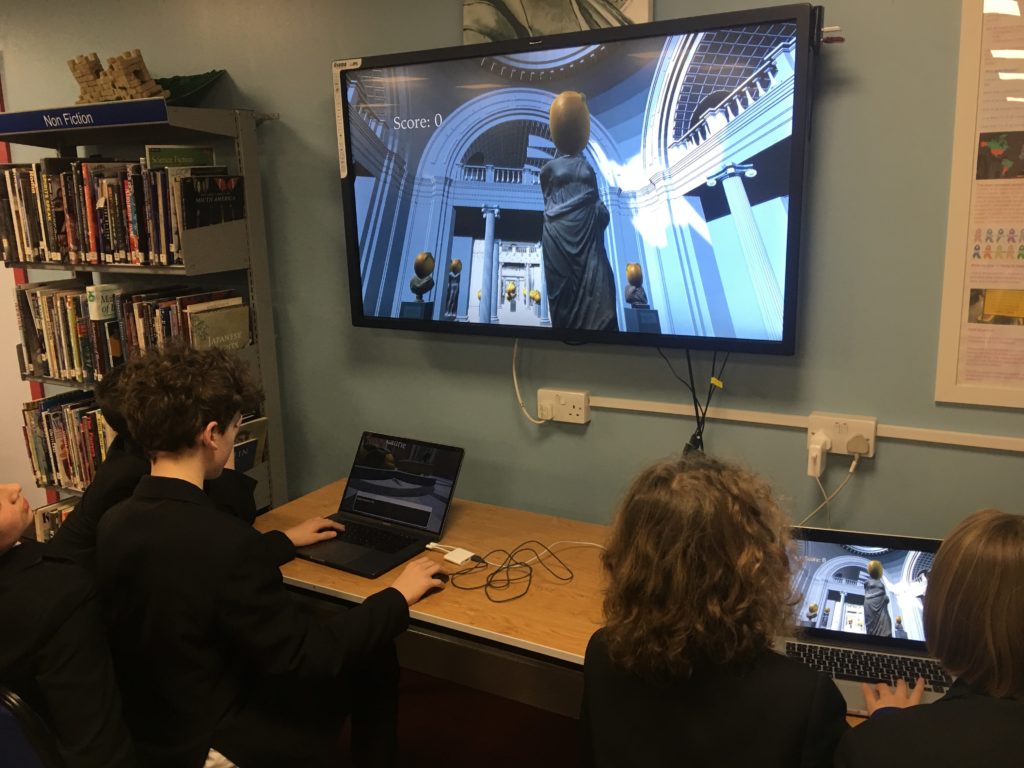
We are now exploring possibilities for further funding to do more developing and further testing, with the aim of getting the game out to schools to use as an educational resource. The game would be used as part of a lesson or group discussion on digital safety and online culture. We would like to work further with sexual health experts to create a guidance pack for teachers to help facilitate discussion about the key themes of the game with the class.
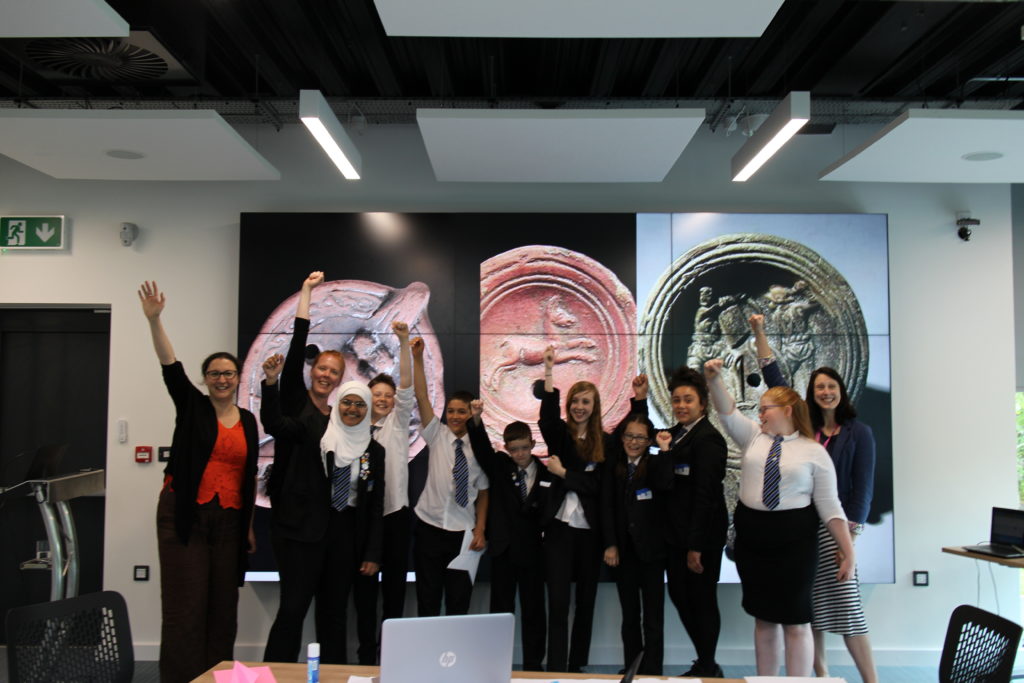
Thank you to the amazing pupils and teachers at St James pupils, and our other project collaborators!
This project was funded by a grant from Culture Capital Exchange for collaboration between creatives and Early Career Researchers (supported by HEFCE and Arts Council England).






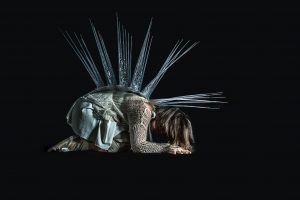
















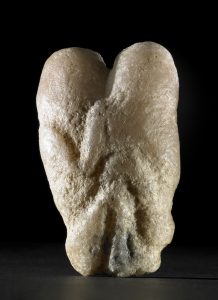
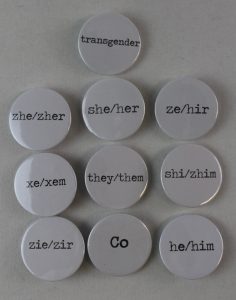
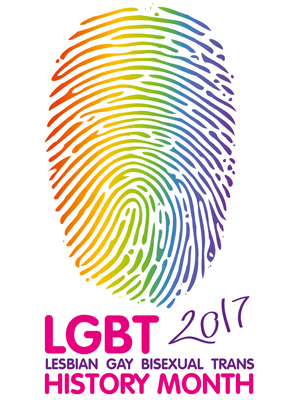 The website was developed in response to the theme ‘Citizenship, PSHE and Law’ for
The website was developed in response to the theme ‘Citizenship, PSHE and Law’ for 


